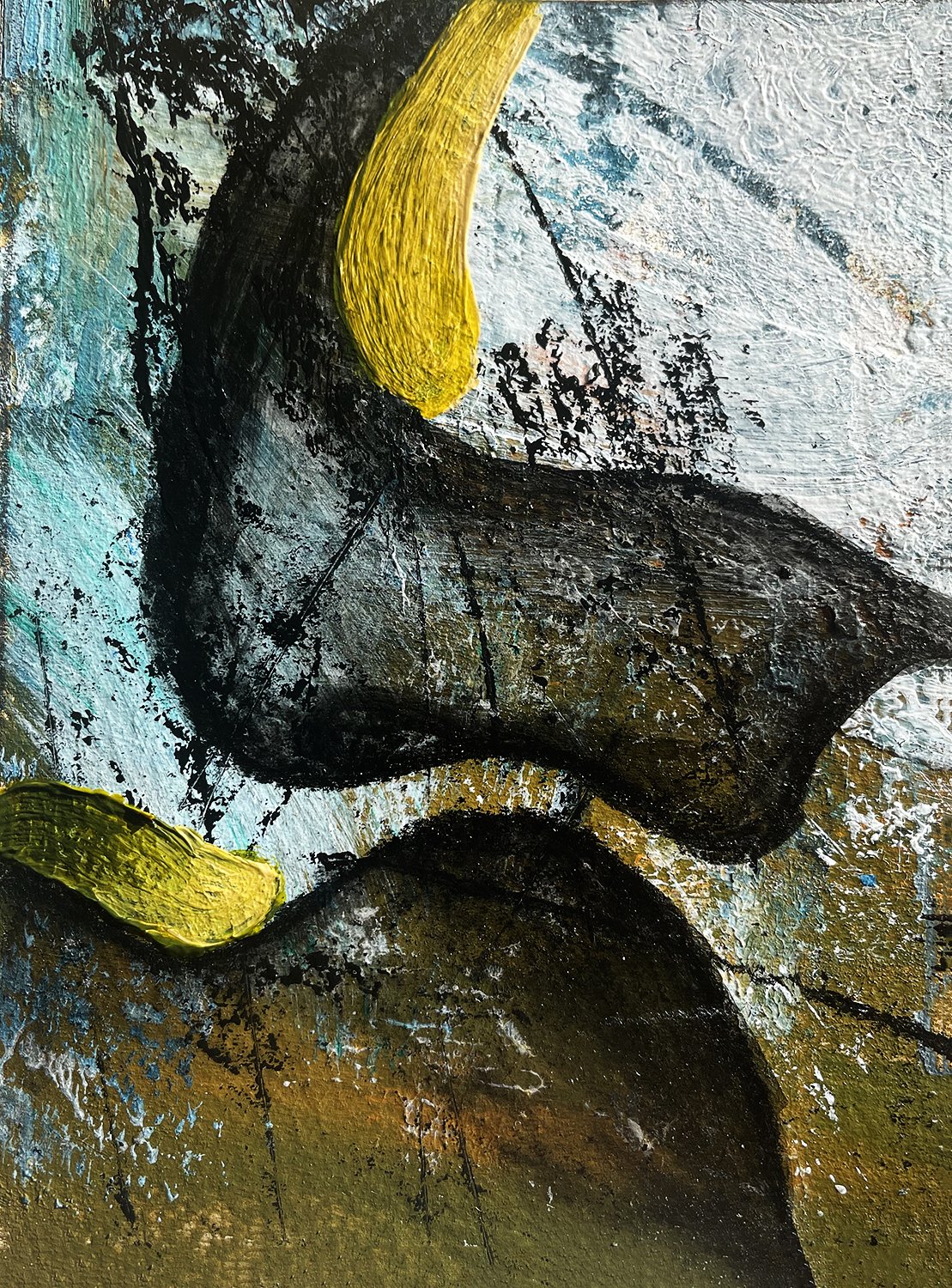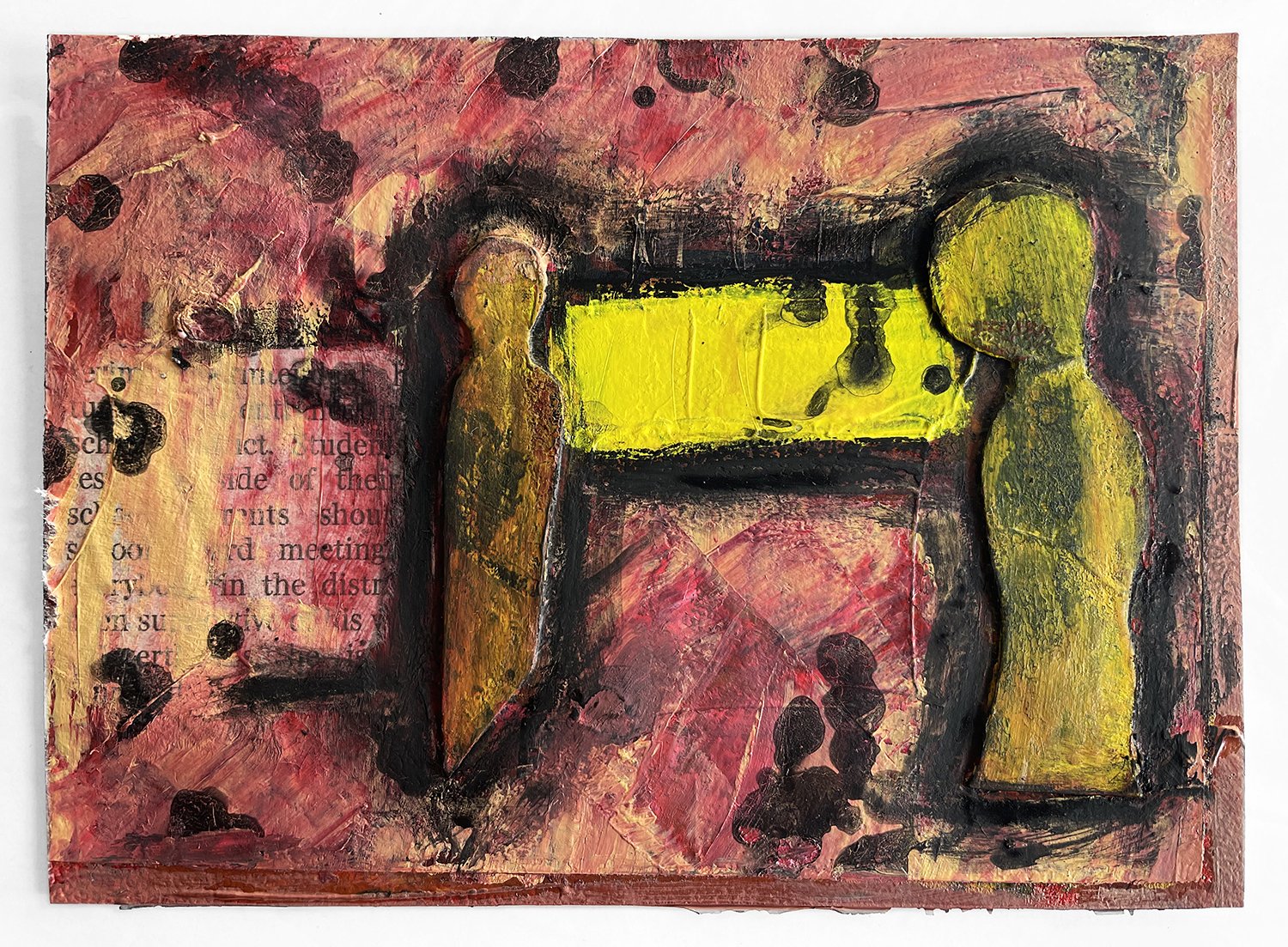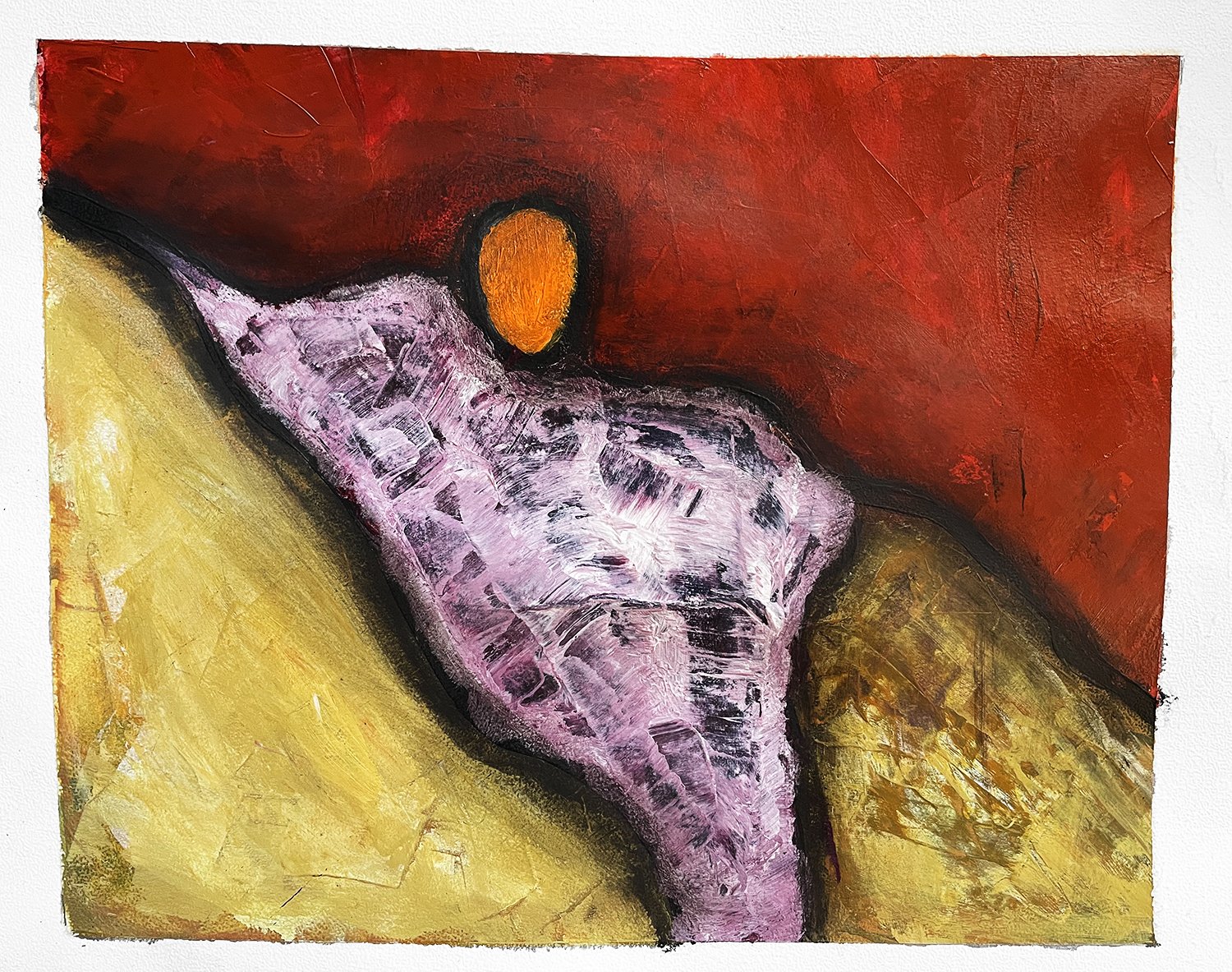It’s our “one month” anniversary today. We’ve been in New Mexico for 30 days, and man, time has whizzed by!!
Between unpacking boxes and running household errands, I’ve been slowly getting back on track to work on my book. I get excited about the thought of actually completing this work. It’s no longer a hope or dream; it’s close to becoming a reality.
“Man literally drives himself into a blind obliviousness with social games, psychological tricks, and personal preoccupations so far removed from the reality of his situation that they are forms of madness—agreed madness, shared madness, disguised and dignified madness, but madness all the same.”
These theories seem simple on the surface, but it takes some deep thinking and evaluation to really understand them and, moreover, to apply them to your life. My hope is that by sharing these ideas and concepts in a book, it will inspire people (especially artists) to engage with these theories and start to share them through their art.
I wrote a while ago about someone asking me if there was a movement in art around “death anxiety.” In other words, Becker’s and Solomon's (et al.) theories could form an entire art movement based on the theories dealing with death anxiety and terror management. This is what happened in existential psychology. There are people working on PhDs in terror management theory and have been for years; why not art? Not unlike impressionism, cubism, dada, etc.
In a lot of ways, all art does address these ideas, but rarely intentionally or consciously. It’s food for thought and a wonderful way to get people to engage with these ideas.
Importance of Creativity
"Both the artist and the neurotic bite off more than they can chew, but the artist spews it back out again and chews it over in an objectified way, as an external, active, work project. The neurotic can’t marshal this creative response embodied in a specific work, and so he chokes on his introversions.
The only way to work on perfection is in the form of an objective work that is fully under your control and is perfectible in some real ways. Either you eat up yourself and others around you, trying for perfection; or you objectify that imperfection in a work, on which you then unleash your creative powers. In this sense, some kind of objective creativity is the only answer man has to the problem of life.
The creative person becomes, in art, literature, and religion, the mediator of natural terror and the indicator of a new way to triumph over it. He reveals the darkness and the dread of the human condition and fabricates a new symbolic transcendence over it. This has been the function of the creative deviant from the shamans through Shakespeare.
Otto Rank asked why the artist so often avoids clinical neurosis when he is so much a candidate for it because of his vivid imagination, his openness to the finest and broadest aspects of experience, and his isolation from the cultural world-view that satisfies everyone else. The answer is that he takes in the world, but instead of being oppressed by it, he reworks it in his own personality and recreates it in the work of art. The neurotic is precisely the one who cannot create." Ernest Becker, The Denial of Death




















